
NATURE
19-06-2022 by Leni Frau
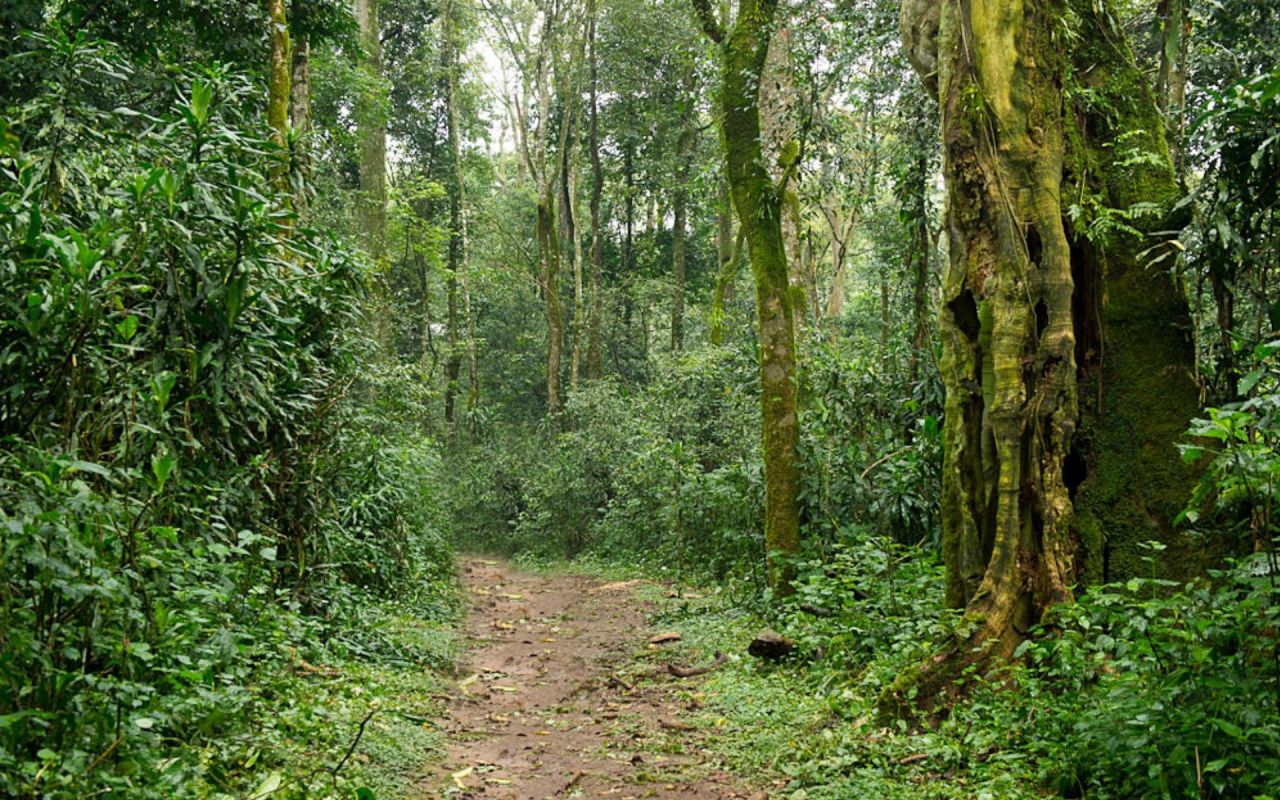
Kakamega Forest is the last corner in Kenya of the great tropical rainforest that stretched across central Africa.
Located in north-western Kenya, 35 km from Lake Victoria, the Kakamega Forest stretches along an undulating terrain between the Yala and Isiukhu rivers at an altitude of about 1600 metres. Declared a government forest reserve in 1933, when its vital role was first recognised, it has remained a protected area of Kenya ever since, covering an area of about 240 km, with less than half of this area currently remaining as indigenous.
The Forest is a unique sanctuary for the extraordinary variety of endemic flora and fauna, the size and grandeur of some of the more than 380 plant species is impressive. The trees, including specimens over 100 years old, create a complete environment for birds, insects, butterflies and wildlife.
The avifauna of the forest is considered important in continental terms, of the more than 330 species recorded so far in the area, almost half are considered purely forest birds and of these 84 species are probably of West African origin. Turacos are among the most exceptional and magnificent birds to be seen, including the Greater Blue Turaco the Black-billed Turaco, others are the Grey Parrot and the Yellow-crested Woodpecker.
All nine families of African butterflies are represented in the forest, and the best time to see them is August and September, when the heavy rains are over.
The forest is very different from the savannah parks and to spot the smaller mammals you can go hiking, accompanied by licensed rangers of course. If lucky, you may encounter the giant water shrew which is a rare aquatic mammal, the sun squirrel or sun squirrel, the giant forest squirrel, the brush-tailed porcupine, and many other rare species. The Kakamega Forest is home to seven species of primates, including the red-tailed monkey, blue monkey, Brazzá's guenon and the guereza also known as the black and white colobus. An interesting nocturnal primate is the Potto, whose special feature is its very short tail.
Some of the most scenic spots in the forest are Buyangu Hill from where you can see the entire forest to the south, Lirhanda Hill just north of the Yala River, Isiukhu Falls and Yala Falls.
Also of interest is the cultural aspect linked to the Luhya tribe and its sub-clans including the Tiriki and Isukha with their intriguing ancestral rituals.
How to get there:
By road , the shortest route from Nairobi (418km) is via Nakuru and Kapsabet.
By air, there are scheduled flights to Kakamega and visitors can also fly to Kisumu or Eldoret and travel by road to Kakamega.
Admission: 250 Kshs for adult residents ( 100 Kshs children ) 20 USD for adult non-residents ( 10 USD for children ).
SAFARI
by redazione
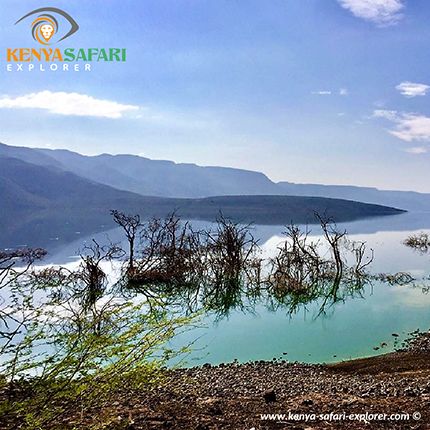
In Kenya there are those who like to go beyond the traditional safari and has the passion, enthusiasm and expertise to offer surprising variations on the theme and unusual destinations all living.
The creative and professional guides of Kenya Safari...
by redazione
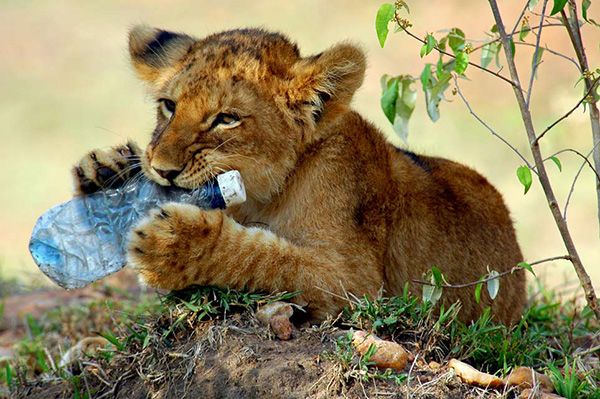
After the complete ban on polyethylene bags, Kenya's Ministry of the Environment is seriously considering banning plastic bottles throughout the country to protect the environment.
"It's a very long process - confirmed the combative minister Judy Wakhungu
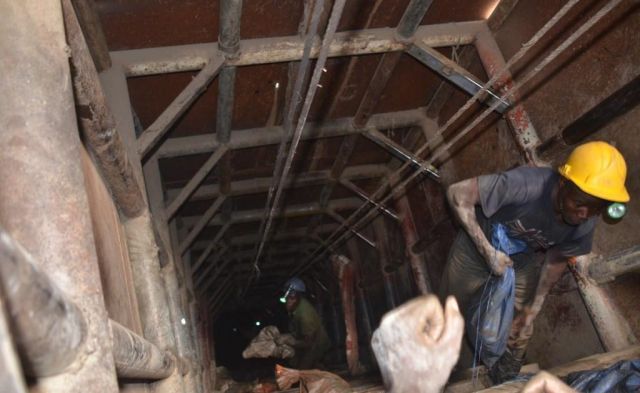
There is a huge deposit of gold underground in Kakamega County in Kenya.
The news...
AMBIENTE
by redazione

There is no Covid-19 emergency that holds (luckily), the battle for the protection of the...
by Leni Frau
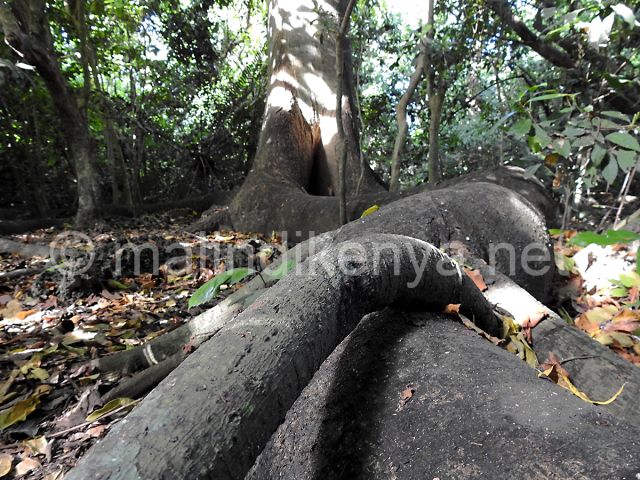
The Kenyan government has said enough is enough, or at least that is the intention: the...
NATIONAL PARKS
by redazione
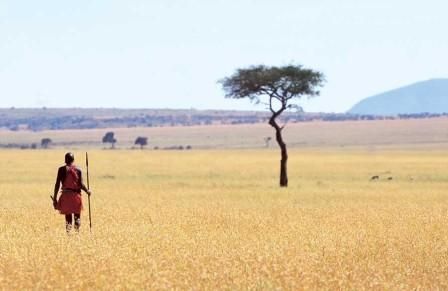
There are 64 parks and national reserves in Kenya, which is the country of the world with the widest variety of animal species in the wildside.
Even the vegetation varies from park to park and with it the microclimate and...
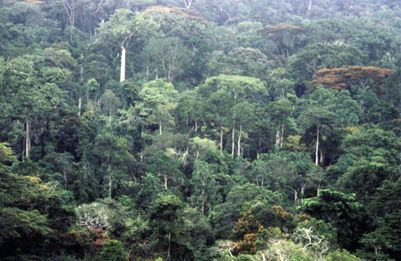
NEWS
by redazione

Good news for safari lovers in Kenya and especially for those who organize them, agencies and tour operators.
The Kenya Wildlife Service from November 1 reduced entry ticket in Kenya's national parks and reserves.
ENVINROMENT
by redazione

The protection of Kenya's marine environment and its ecosystem has received the important support of a Hollywood movie star.
Leonardo...
NEWS
by Leni Frau

Colder-than-usual temperatures in July on the Kenyan coast and a decrease in the flow of...
NEWS
by redazione
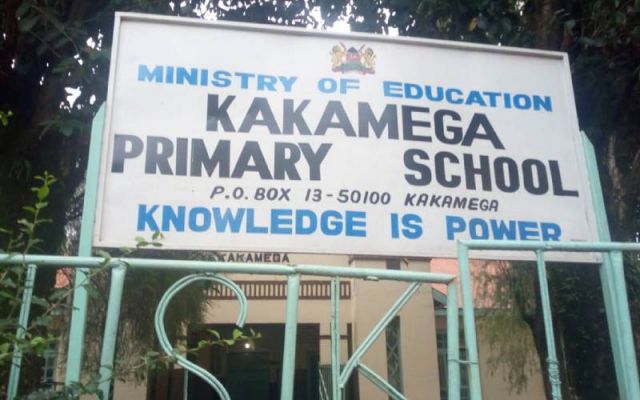
A dramatic, inexplicable tragedy killed 14 primary school pupils in the town of Kakamega in northern...
SAFARI KENYA
by redazione

From next January, foreign tourists wishing to enter the Masai Mara reserve will have to pay double...
TOURISM
by Leni Frau
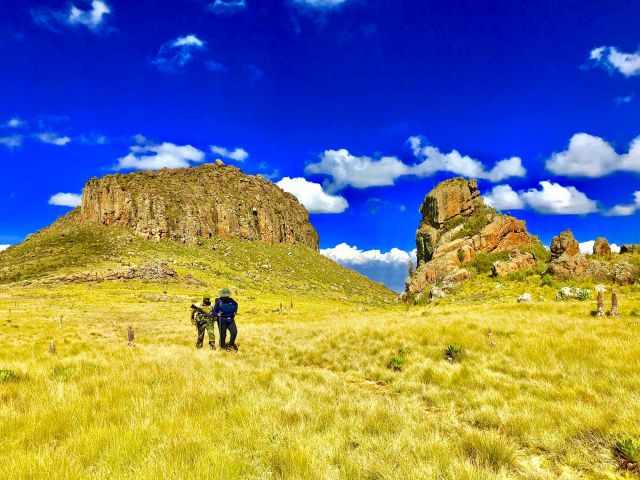
For the incoming and in the near future increasingly international tourism, thanks to the gradual and...
ENVIRONMENT
by Leni Frau

In World Environment Week, which is also being celebrated by the International Days of Meetings in Nairobi...
ENVIRONMENT
by redazione
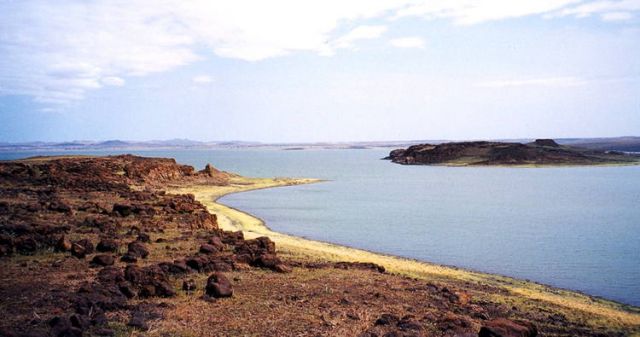
The three Lake Turkana national parks have been declared 'World Heritage in...